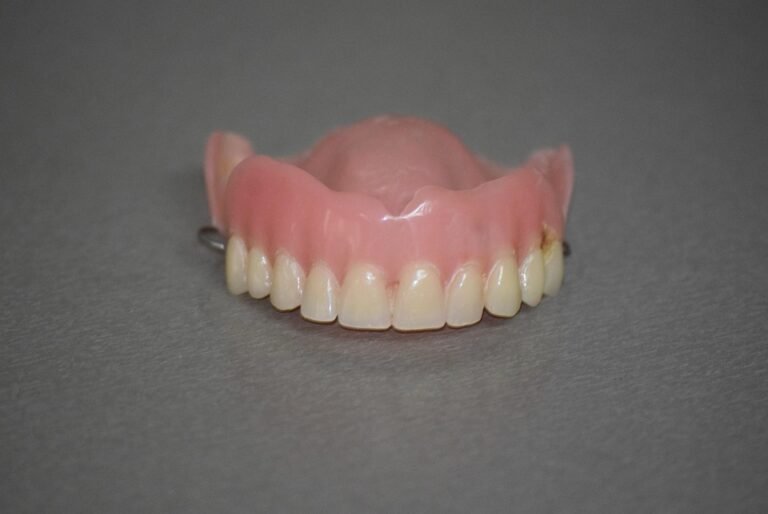What role does art or decor play in making a waiting room comfortable
Okay, so I’m redesigning the waiting room for my small medical practice. It’s a family practice, so we get everyone from toddlers to elderly patients coming through. Right now, it’s… pretty sterile. Plain white walls, basic chairs, a few old magazines. No one looks relaxed, and I think it contributes to people feeling more anxious about their appointments. I want to create a more welcoming and comfortable atmosphere.
My question is, specifically, how can art and decor help achieve that? I’m not just talking about making it look nice, but how can it actually contribute to comfort? I’m thinking about things like color psychology, the type of art to choose (abstract? landscapes? photography?), and even things like plants. Are there specific styles or themes that work better for a wide range of people, or should I tailor it to a certain demographic? I’m also curious about the scale and placement of art – does a huge abstract painting overwhelm the space, or does a small, nature-themed print get lost? And finally, what about things other than visual art? Could music or interactive elements be considered part of the "decor" and contribute to comfort? What are some specific examples that would be appropriate for a medical waiting room?
Answer
Art and decor play a crucial role in transforming a waiting room from a sterile, anxiety-inducing space into a more comfortable and welcoming environment. Their impact extends beyond mere aesthetics, influencing mood, reducing stress, and shaping perceptions of the overall experience. The specifics of this impact are multifaceted:
1. Reducing Anxiety and Stress:
- Distraction: Art provides a focal point for the eyes and the mind, offering a welcome distraction from the anticipation and potential anxiety associated with waiting. A compelling painting, a vibrant sculpture, or even a well-placed photograph can draw attention away from the clock and the mounting uncertainty about what’s to come.
- Positive Mood Induction: Carefully chosen art can evoke positive emotions. Landscapes, calming colors, and imagery associated with nature are known to reduce stress and promote relaxation. Abstract art, if executed with a focus on harmony and balance, can similarly create a sense of calm and order.
- Sense of Control: In a situation where individuals often feel powerless (waiting), art can offer a sense of control. By allowing viewers to choose what to look at and engage with, art empowers them to direct their attention and manage their emotional state.
2. Creating a Welcoming Atmosphere:
- Humanizing the Space: Art and decor can soften the institutional feel often present in waiting rooms. They add a personal touch, suggesting care and attention to detail. This helps create a more inviting and less intimidating atmosphere.
- Communicating Values: The style and content of the art can communicate the values of the organization or business. For example, a doctor’s office might choose artwork that conveys a sense of competence, compassion, and health, while a law firm might opt for pieces that reflect professionalism, integrity, and knowledge.
- Establishing a Brand Identity: Art and decor can contribute to the overall brand identity of a business. Consistent use of colors, themes, and styles across the waiting room and other areas reinforces the brand message and creates a memorable experience.
3. Improving the Perceived Wait Time:
- Time Perception: Engaging artwork can make time seem to pass more quickly. By providing visual stimulation and mental engagement, art helps to occupy the mind and prevent it from focusing solely on the duration of the wait.
- Positive Association: A comfortable and aesthetically pleasing waiting room can positively influence the overall perception of the service being provided. Even if the wait is lengthy, a positive waiting experience can mitigate negative feelings and lead to a more favorable overall impression.
- Entertainment and Education: Art can also serve as a source of entertainment or education. Informative displays, historical artwork relevant to the organization, or interactive installations can engage visitors and make the wait time feel more productive.
4. Specific Elements of Art and Decor:
- Color: Color psychology plays a significant role. Blues, greens, and soft earth tones are often preferred for their calming effects. Bright, bold colors can be energizing but should be used sparingly to avoid overwhelming the space.
- Imagery: Landscape paintings, nature photography, and abstract art with flowing lines tend to be more relaxing than images that are jarring, chaotic, or overly stimulating.
- Texture: Incorporating texture through materials, patterns, and tactile art pieces adds visual interest and depth to the space.
- Lighting: Proper lighting is essential for highlighting artwork and creating a welcoming atmosphere. Natural light is ideal, but artificial lighting should be warm and well-distributed to avoid harsh shadows or glare.
- Furniture: Comfortable and aesthetically pleasing furniture complements the art and decor. Seating should be ergonomic and offer a variety of options to accommodate different needs.
- Plants: Plants bring life and freshness to the space, contributing to a more natural and relaxing environment.
In conclusion, art and decor are not merely decorative additions to a waiting room; they are essential elements that contribute significantly to the comfort and overall experience of visitors. Thoughtfully chosen and strategically placed art can reduce anxiety, create a welcoming atmosphere, improve the perception of wait time, and ultimately enhance the overall satisfaction of those using the space.

